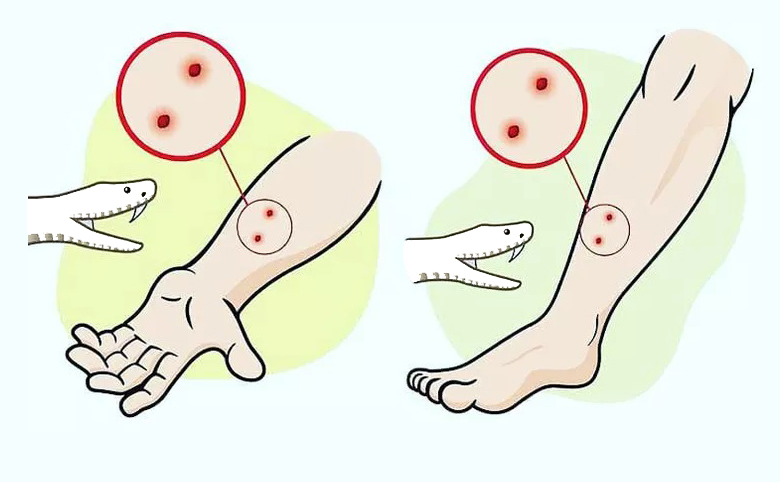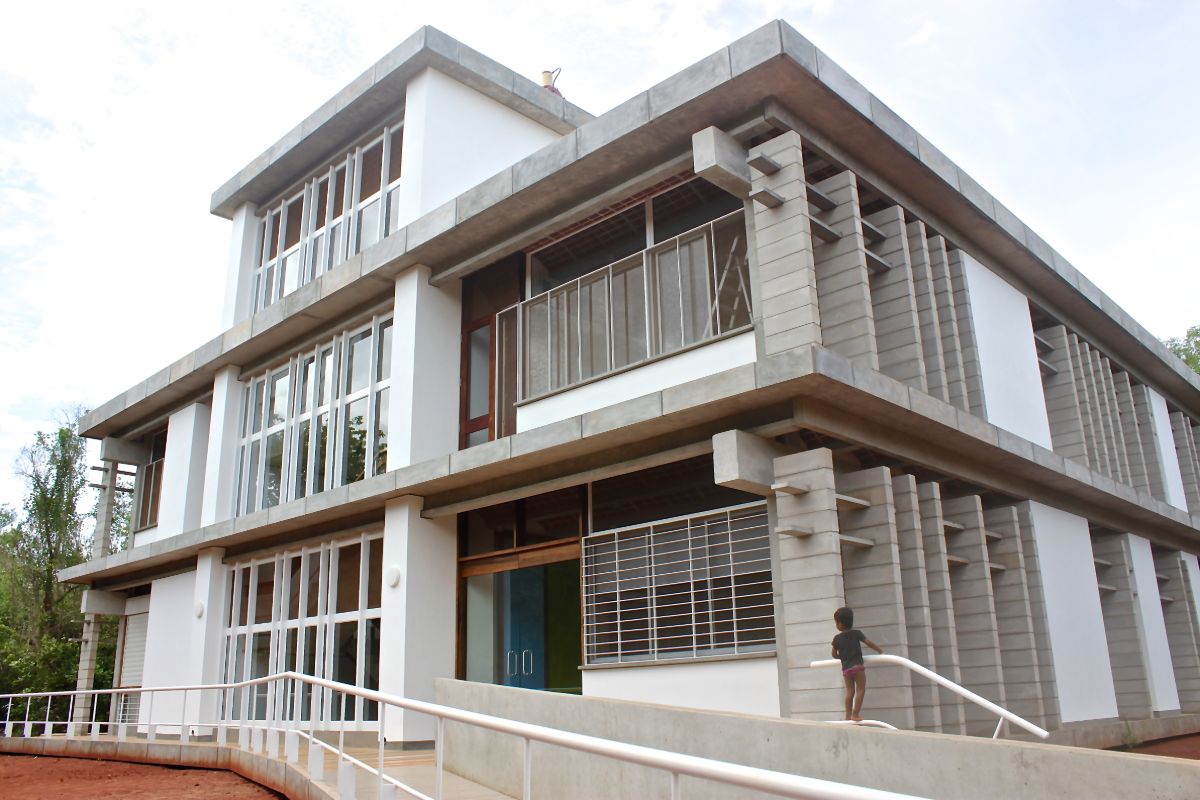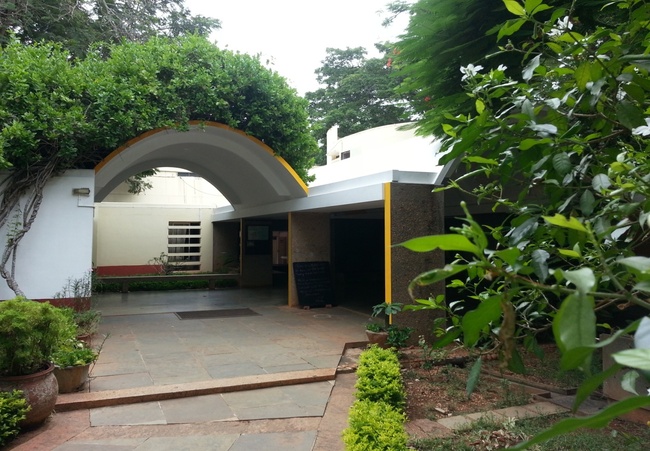Emergency : Snake bite

Act Quickly - Get Medical Attention Immediately, Remember, the most important step is to get the victim to a hospital for proper treatment as soon as possible.
Snake venom is a kind of highly evolved salivary secretion which is used to both kill and digest prey. Venom was not made against man. There are two basic types of snake venom. One affects the nerves (the venom of cobra and common krait); the other one is blood (that of vipers). Polyvalent anti-venom serum is effective against the bites of the Big Four – cobra, saw-scaled viper, common krait, and Russell's viper. If a venomous snake bites someone, remember two things: don't panic; go to a hospital and get anti-venom serum.
- Keep the victim calm, and restrict movement.
- Assure the victim and do not let him panic. When under panic, it will enhance heart rate and circulate the venom faster in the body.
- Remove any rings or constricting items; the affected area may swell.
- Stop the lymphatic spread of venom - bandage firmly, splint and immobilise. The limb, which has been affected by the bite, should be immobilized with a splint. Victims should keep the hand as close to the level of the heart as possible - this reduces the flow of venom to major areas. A compression bandage (as firm as you would put on a sprained ankle) should cover the entire limb with the splint. The wrapping should start from the digits and extend to the armpit in case of hands and groin in case of a bite to the leg.
- A snakebite victim is under tremendous psychological stress. It is necessary to keep the patient warm. However, no alcohol/hot beverages should be given.
- The patient should not be allowed to exert himself in any manner. Do not allow the victim to eat or drink water to keep metabolism at a low rate. No water No food is the golden rule.
- DO NOT COVER THE BITE AREA AND PUNCTURE MARKS. The wound should be gently cleaned with antiseptic.
- Try to aspirate the venom out of the puncture marks with standard suction devices. It has been identified that a suction of more than 270 mmHg can initiate the flow from the puncture marks. Suction instruments often are included in commercial snakebite kits. But, the suction should be applied within 5 minutes of the bite.
- The only remedy for venomous snakebite is the anti-venom serum, which is available at most government hospitals and public health centres. Some private nursing homes have also started stocking it and treating snakebite cases.
How NOT to Treat Snakebite
- No ice or any other type of cooling action on the bite. Research has shown it to be potentially harmful.
- No electric cable, string or rubber tourniquets are to be used, this cuts off blood flow completely and may result in amputation of the affected limb.
- No electric shock, this method is under study and has yet to be proven effective. It could harm the victim.
- No incision in the bite site. Such measures have NOT been proven useful and cause needless additional injury, loss of blood, infection, and waste of time.
- Do not burn the wound, as it would not have any effect on the venom, which has already entered the bloodstream.
- Do not suck the wound with your mouth. A suction device may be applied over the bite to help draw venom out of the wound without making cuts.
- Potassium permanganate should never be used.
Know About Snakebite
- All snakes are not venomous – so every snakebite is not going to result in death – it would save people from quacks. And reduce the amount of panic and chaos.
- Even a venomous bite is not always fatal – because the severity of snakebite depends on many factors like the size of the snake, whether the bite could be completed, whether it was a dry bite or not, the age, physique and affected limb of the victim.
- First Aid would enable a person to buy more time to reach medical aid on time.
- The only available cure is anti-venom serum injection and not quacks.
- First Aid - if not done properly could cause more harm than benefit.
In the event of a bite from a known venomous snake, go straight to the General Hospital, Ph. 0413-2336050 in Puducherry or Jipmer Hospital, Ph. 0413-2372381, where anti-snake bite serum is available.
Snake catchers in Auroville
- Prabhu Rescue Ph. 9786521655
- Shanti Ph. 9843510305
``
- Any unknown snake is potentially dangerous; do not play, and avoid any contact with any snake including those of small size, baby, lethargic, or dead. A cut-off head can keep poisonous activities for several minutes. Make yourself familiar with the description of poisonous snakes in the place where you live.
- Use torchlight at night – all local poisonous snakes are active in the evening and at night. Pay more attention in the forest, close to bushes, tall plants, etc.
- Snakes usually don't bite you without alarm:
- Cobra – lifts vertically the front part of the body (1/3), opens the hood, makes hiss, and rushes to the aim.
- Vipers - make a spiral from a tail, bend like a zigzag front part of the body, and make a strong hiss.
- If you meet a snake, go back slowly, don't do sudden movements, do not turn your back to the snake, do not run, and give the possibility for a snake to go away
Remember
- Never try to assess whether it was a venomous snakebite or not. As a layman one should treat every snakebite as venomous snakebite, as some snake venom (like that of common krait) does not show immediate effect even in the case of a serious bite, it is wise to rush to a hospital.
- Not all bites from venomous snakes lead to death; many venomous snakes (and as many as 85% of snakes are non-venomous) deliver only a dry bite to humans. Even in the case of a full bite, with appropriate first-aid, care and treatment a snakebite victim can fully recover. Very few venomous snakebites are fatal. Just as every mosquito bite does not cause malaria, so every snakebite does not cause death.
- No attempt should be made to kill the snake to carry it along to the hospital. It would result in delaying the arrival of the patient to the hospital and is potentially dangerous for the person who will attempt to kill the snake. A qualified doctor can diagnose by observing the patient for clinical symptoms and pathological tests.
See Also



